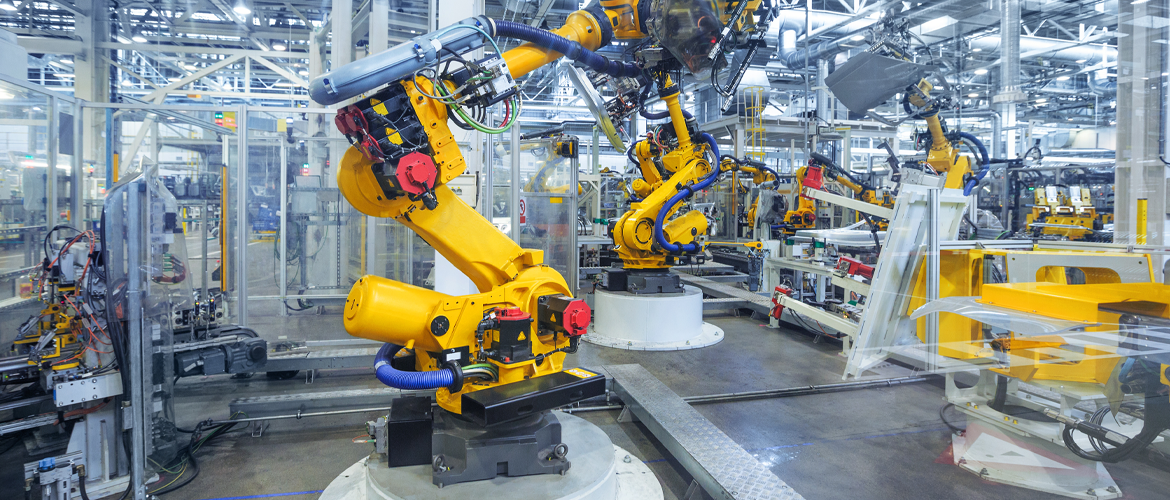Will robots replace jobs, or save them? It’s an odd premise but more than one person at APEX in Las Vegas told me that using automation and robotics could be part of the drive to save manufacturing jobs in places like the USA where labor rates are higher.
Initially this is counter-intuitive, right? If robots do simple operations more economically than human, humans will loos their jobs. Well maybe in some cases, but consider the scenario where a factory with high and growing wage costs looks likely to fail, resulting in 100% of the jobs being lost, including those in HR, sales, accounting, planning etc., with the work done by the factory moving to a lower cost geography. If that factory can use automation or robotics to become competitive it can stay open, resulting in the loss of much fewer jobs. If it becomes world class in its automation there’s every chance it can compete and grow and perhaps surpass the original number of employees.
This is certainly something that the German government took into account when they developed the term and strategy they, and now the rest of the world, call Industry 4.0. They envisioned a manufacturing industry that is lean on the shop floor and can use automation to even out the costs between themselves and regions where cheap labor has been a competitive advantage thus far.
Thus there are two expectations: one, that those that automate first will have a competitive advantage; and two, that automation will make the cost of direct labor so low that it become less significant or insignificant in pricing.
Once that happens the other factors in the ‘cost of landed goods’ equation become more significant and it become likely that manufacturing once again clusters around consumers for supply chain simplicity or around deign and development for more agile product introduction. Made in region, for that region is one expected trend. The one fly in the ointment is the cost of the bill of materials and the locations in which most of those components are made. Bill of materials or BOM costs are the largest and most would agree that whilst low labor costs brought Asia, particularly China, into the manufacturing landscape, it is BOM costs and logistics that has kept them there.
I talked to a number of US contract manufacturers who had first hand experience of bringing projects back from Asia, some of which should probably have not gone their in the first place. They all talked about the education process required to allow the customer to understand the real hard and soft costs of manufacturing far away from both developers and end users. Many said that once the calculations where made accurately the lower cost geography was only marginally cheaper and that was easily offset by the flexibility, agility and local support provided.
So, if the new competitive edge is automation, what are the skills required and win? Firstly, a willingness to change is essential. Then there is the access to capital. There are plenty of moderately priced ways to start this process, but substantial change to the manufacturing operation will require investment in hardware, software and people. Then comes the question of the skills mix, a topic I’ve covered before, but it’s worth saying that the number of engineering graduates is far higher in the lower cost environment like India and China than in Europe or the USA. If you have a skill shortage the trend to automate will be slowed.
On the upside these more skilled jobs attract higher incomes with great levels of taxation and a greater ability to spend discretionally, which has its economic benefits. Good news considering robots have no disposable income and mostly live on electricity and lubricants. I guess the energy and oil industry will be happy about that.
So, in the final analysis on robots and re-shoring is the same as it has always been. Less skilled jobs become less tenable, the workforce climbs the skill ladder, education has to try to keep pace with industry, and automation in inevitable, operational excellence is a competitive advantage and the ability to provide a great hands-on customer service is the difference between winning and loosing.
Sign up for our blog
Stay up-to-date on the latest in manufacturing trends, insights and best practices.





